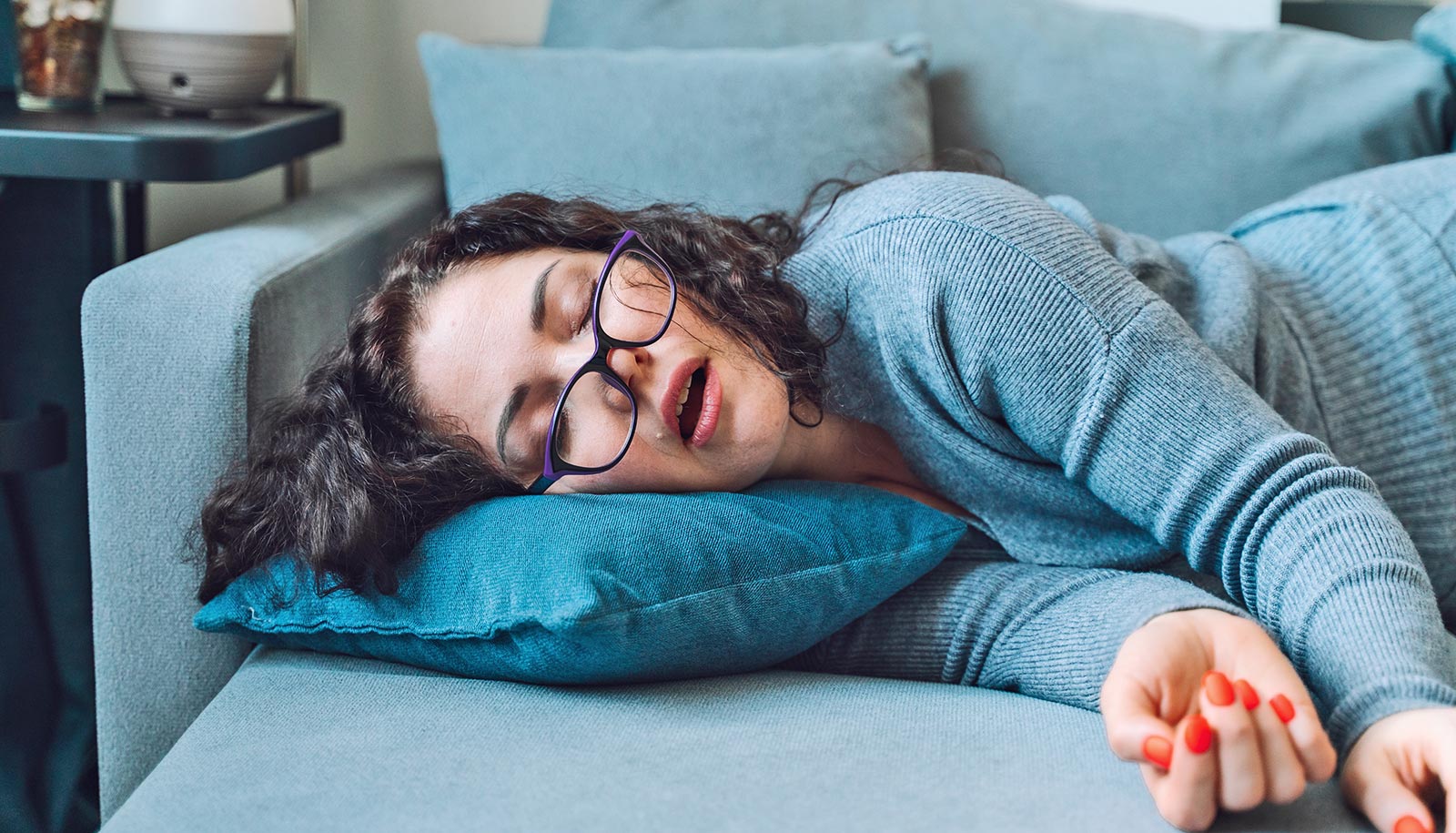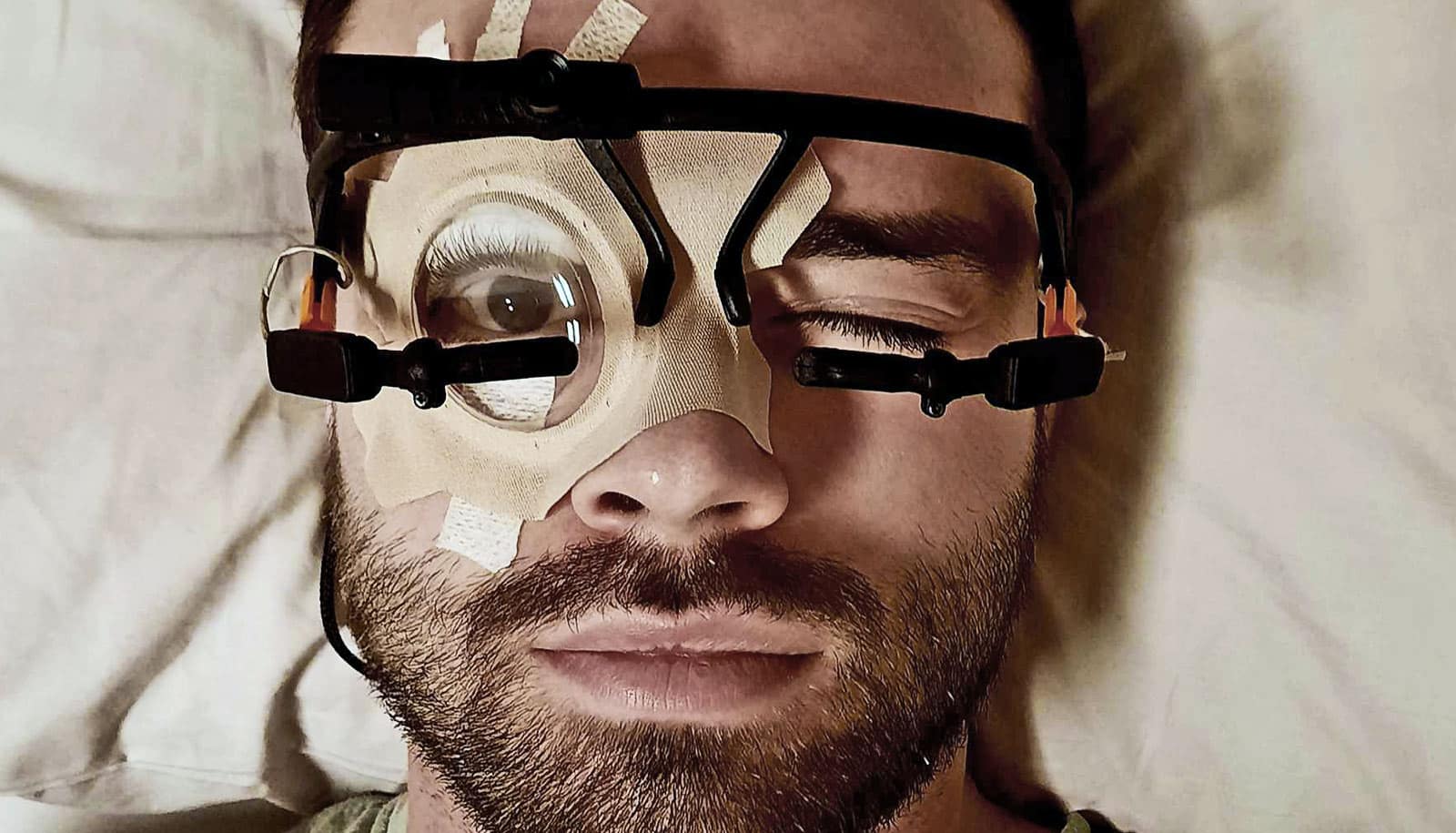A single episode of binge drinking can affect the gene that regulates sleep, leading to sleep disruption, a new study with mice shows.
The findings may shed light on how sleep problems can contribute to alcoholism in humans. One in six adults in the United States binge drinks at least four times a month, according to the Centers for Disease Control and Prevention.
“Sleep is a serious problem for alcoholics,” says Mahesh Thakkar, professor and director of research in the neurology department at the University of Missouri School of Medicine and lead author of the paper, which appears in Journal of Neurochemistry.
“If you binge drink, the second day you will feel sleep deprived and will need to drink even more alcohol to go to sleep. It is a dangerous cycle. How can we stop this cycle or prevent it before it begins? To answer that question, we need to understand the mechanisms involved,” Thakkar says.
Using a mouse model, Thakkar monitored the effect of binge drinking on sleep patterns. He found mice exposed to binge drinking experienced a significant increase in non-rapid eye movement sleep four hours post-binge, followed by increased wakefulness and reduced sleep during subsequent sleep periods.
Could this brain circuit curb binge drinking?
Further, post-binge mice did not experience an increase in a sleep promoting chemical, adenosine, in the brain nor increased sleep pressure during sleep deprivation, Thakkar says. The research also revealed binge alcohol consumption affects the gene that regulates sleep, resulting in sleep disturbances.
“What we have shown in this research is that a particular gene—which is very important for sleep homeostasis—is altered by just one session of binge drinking,” Thakkar says. “We were not expecting this. We thought it would be affected after multiple sessions of binge drinking, not one. That tells you that as soon as you consume four drinks, it can alter your genes.”
The Harry S. Truman Memorial Veterans’ Hospital and a Department of Veterans Affairs Merit Research Award funded the work.
Source: University of Missouri



